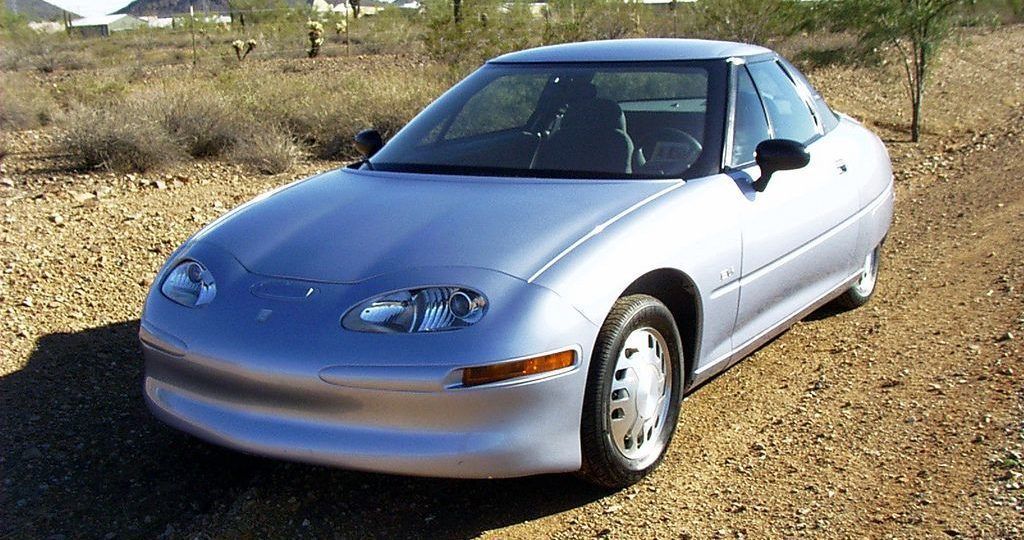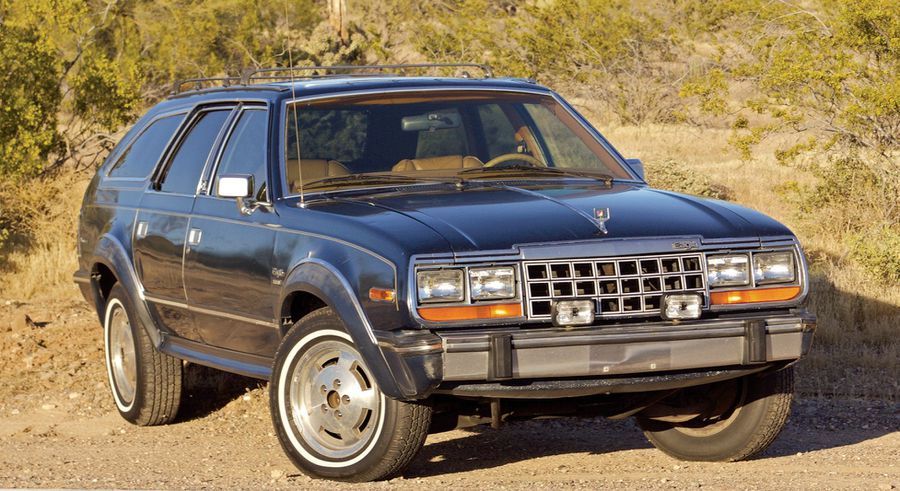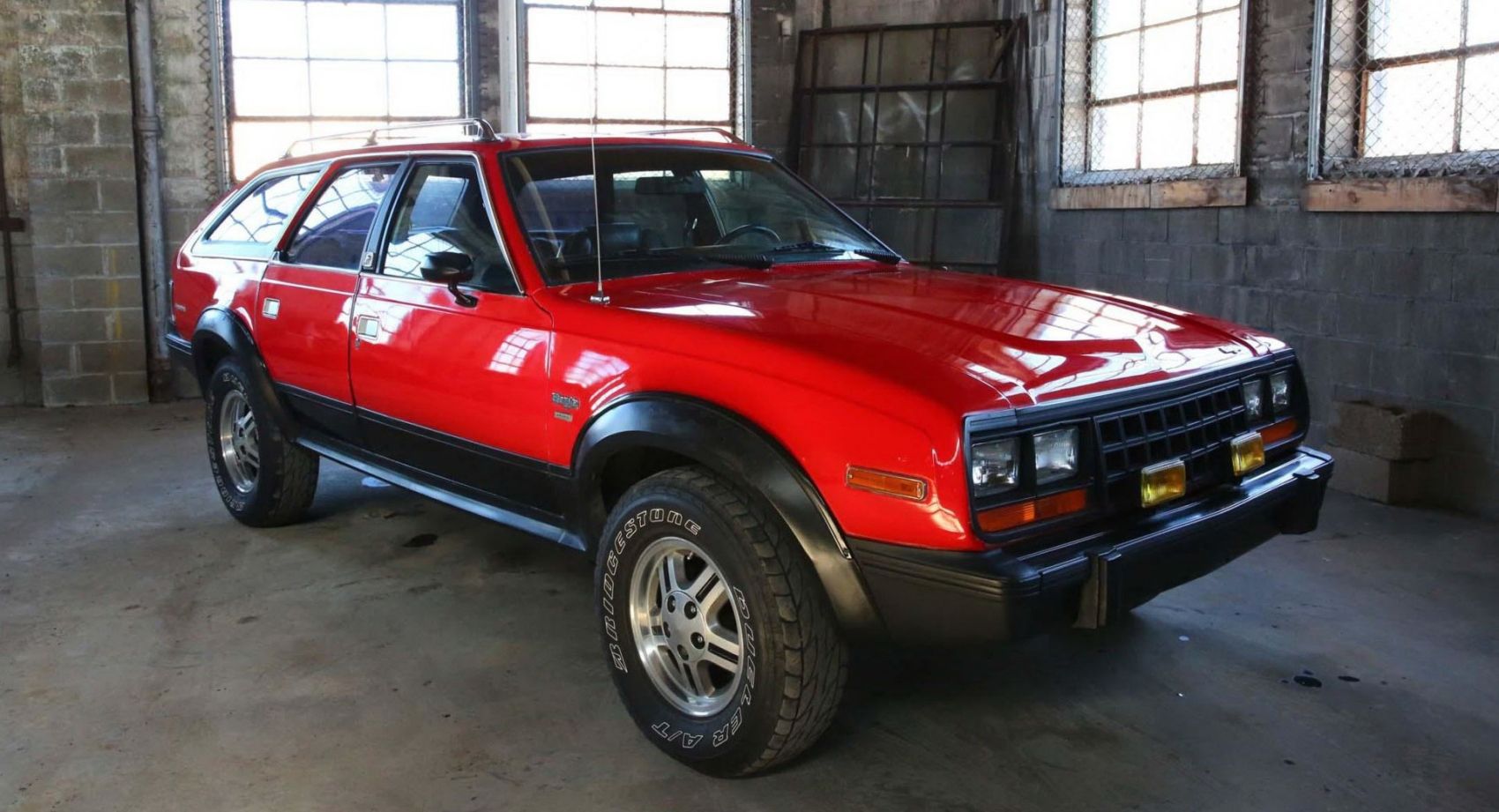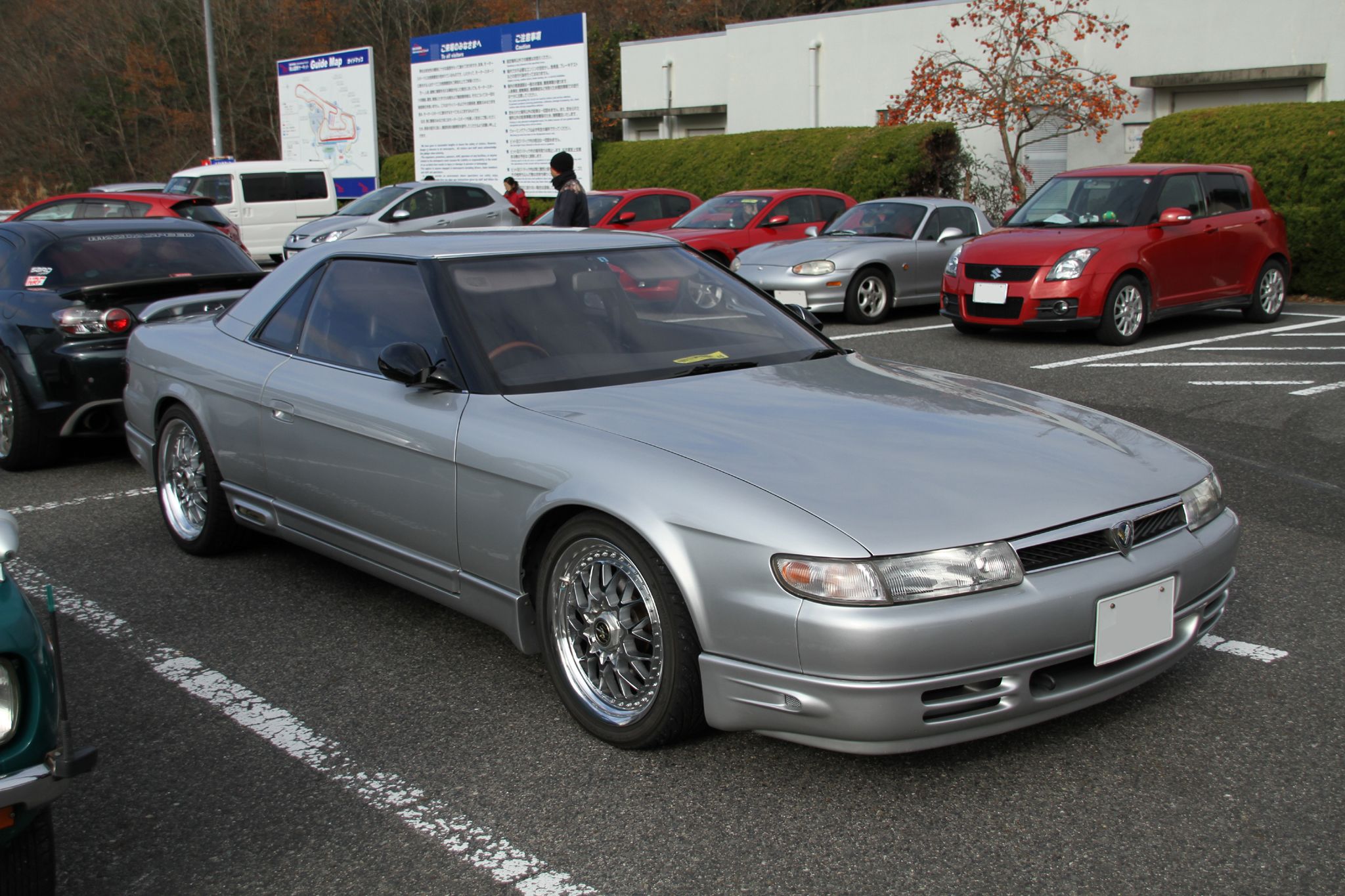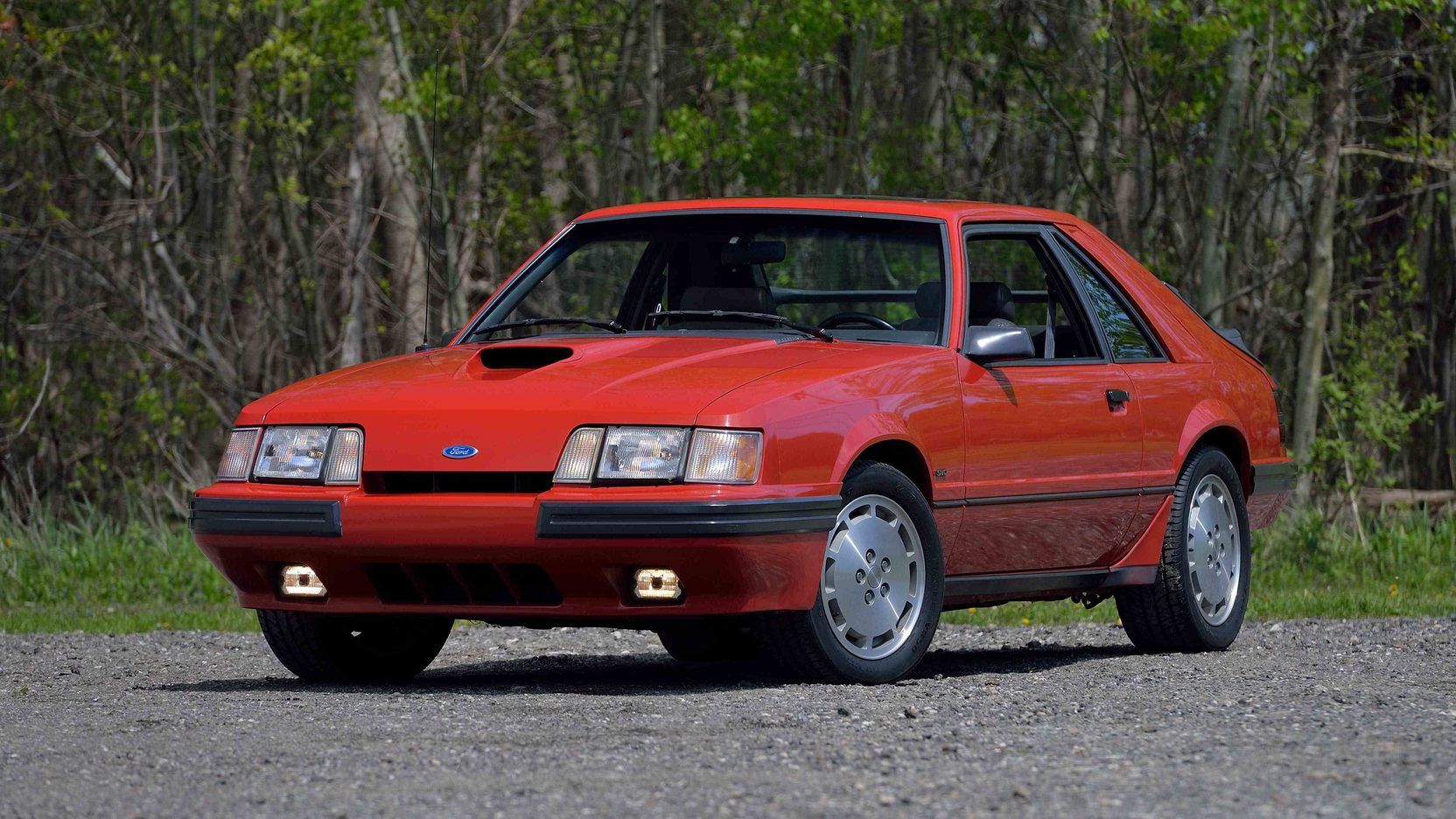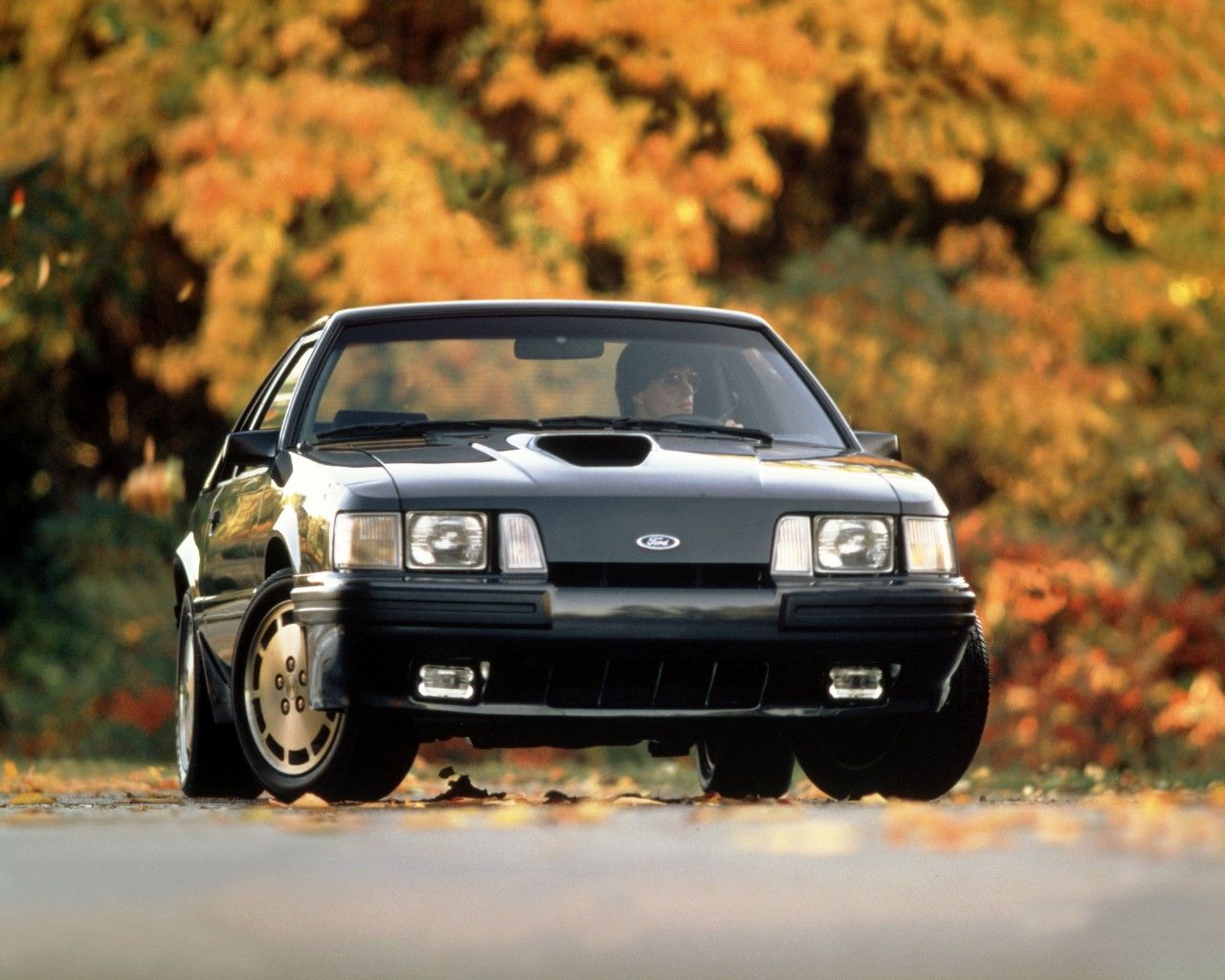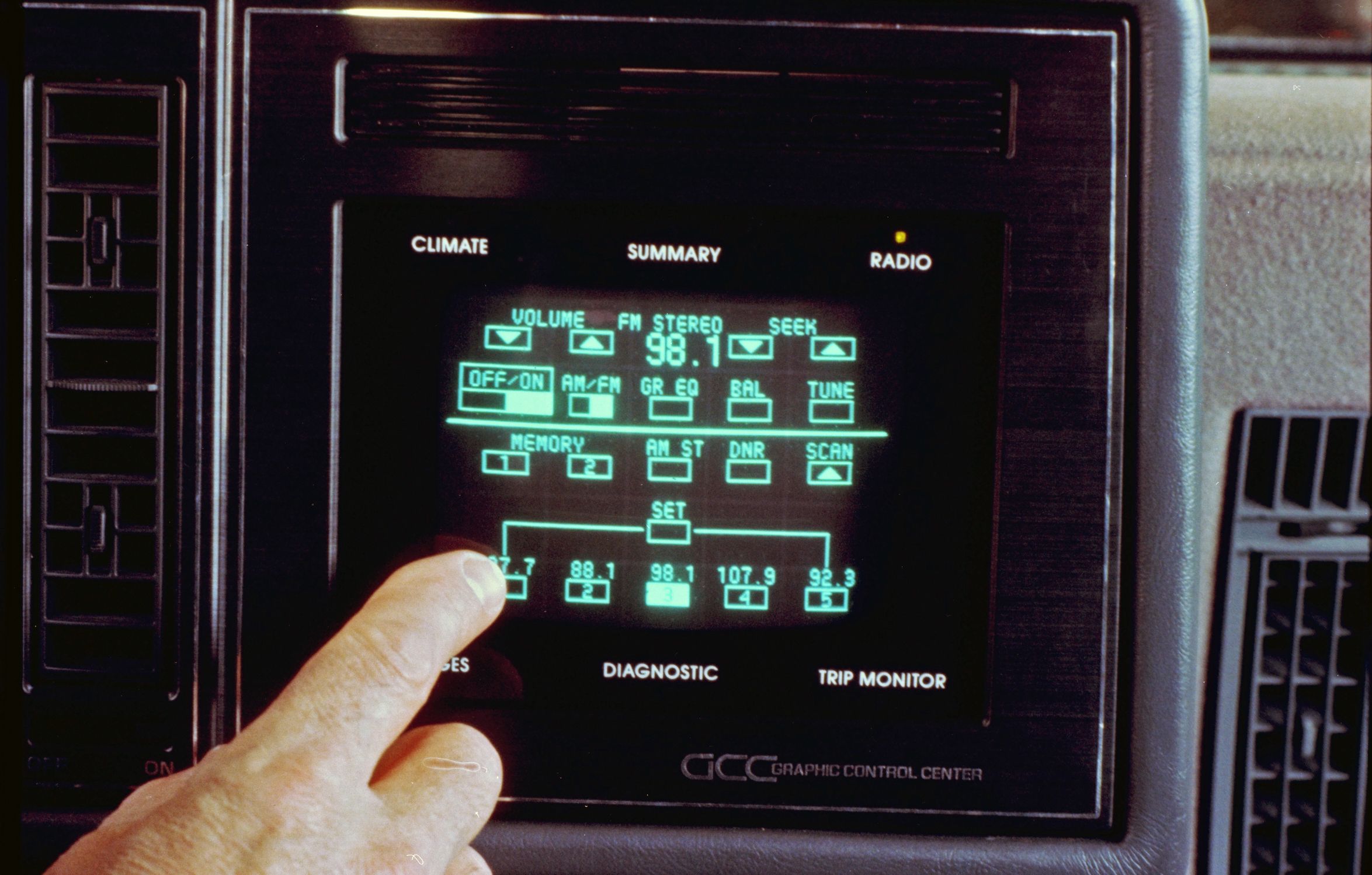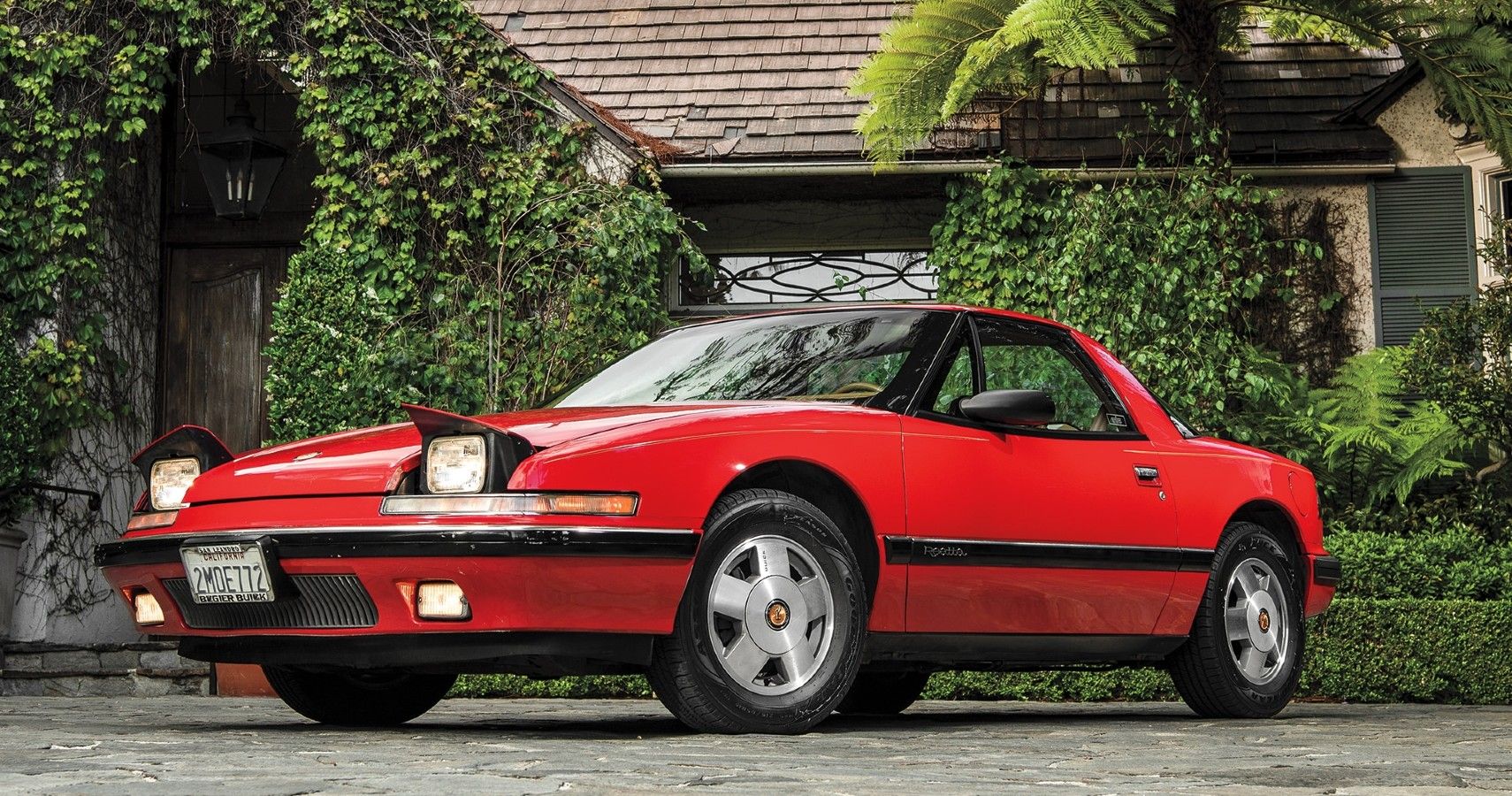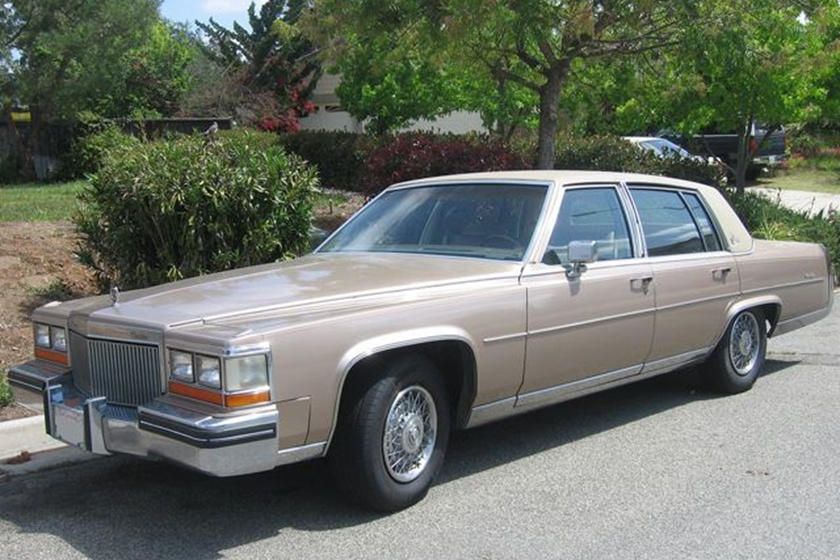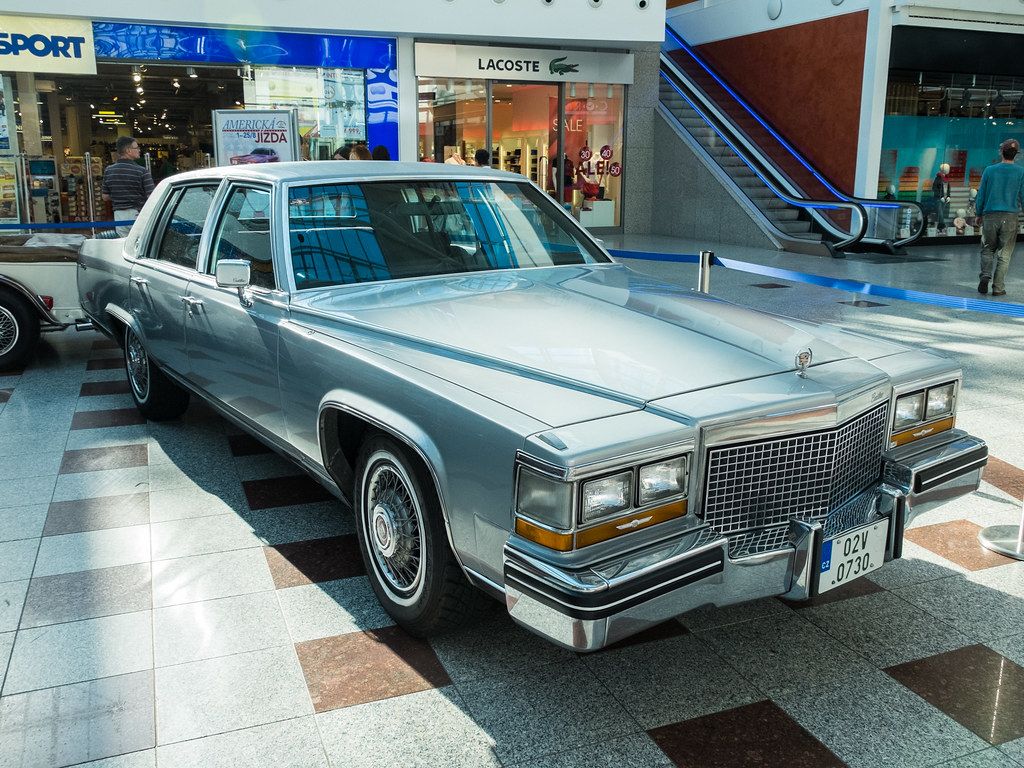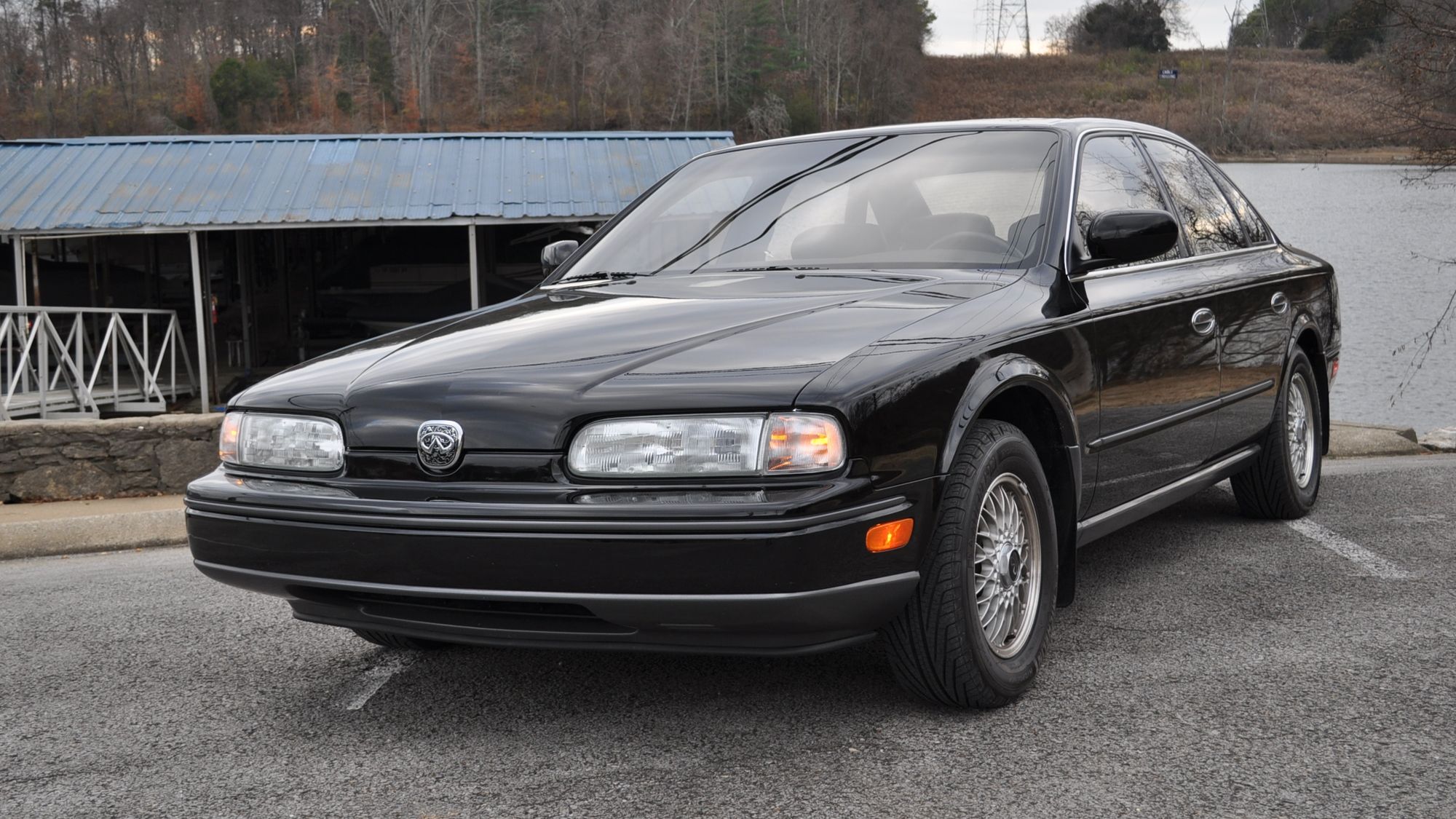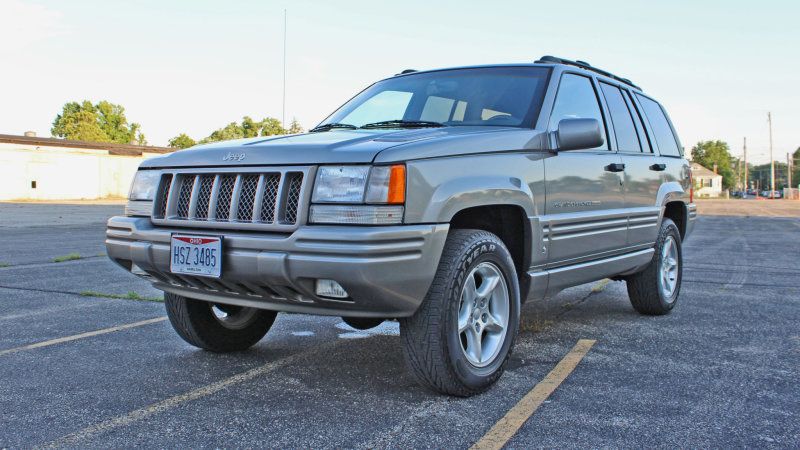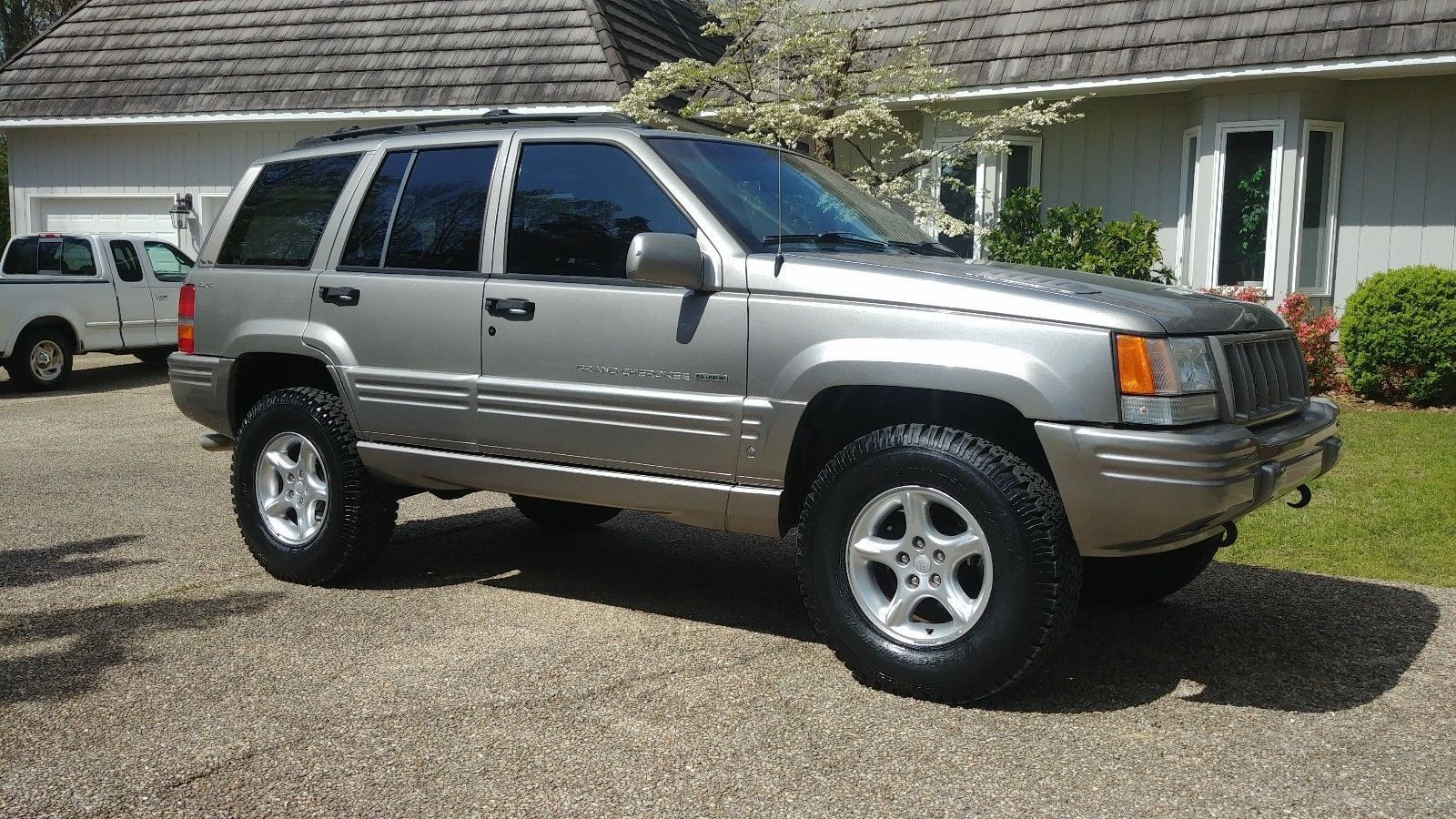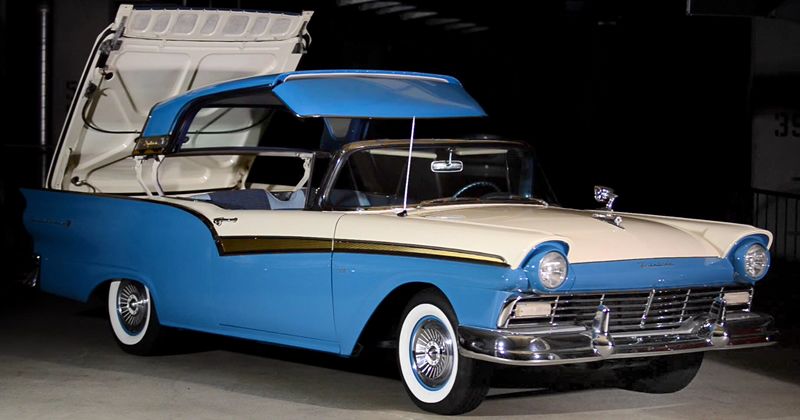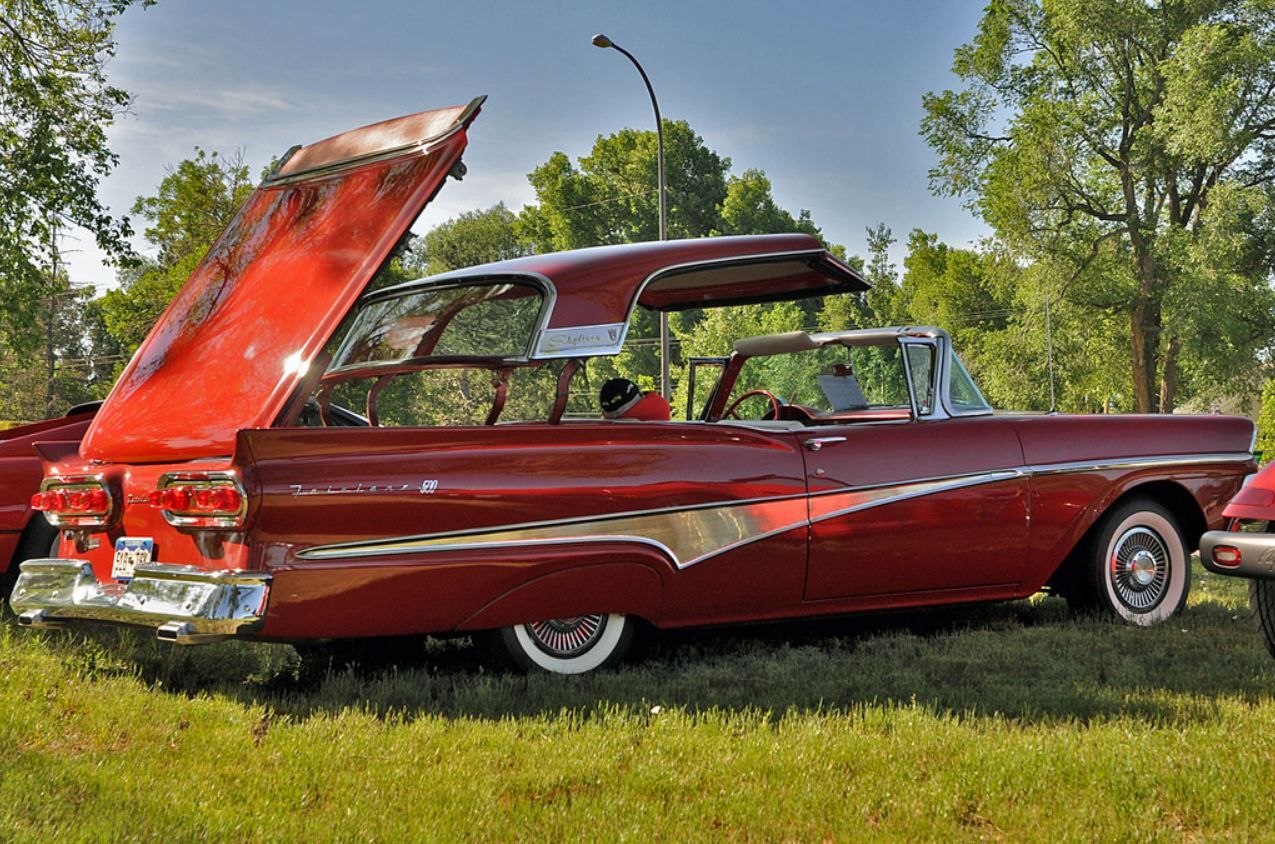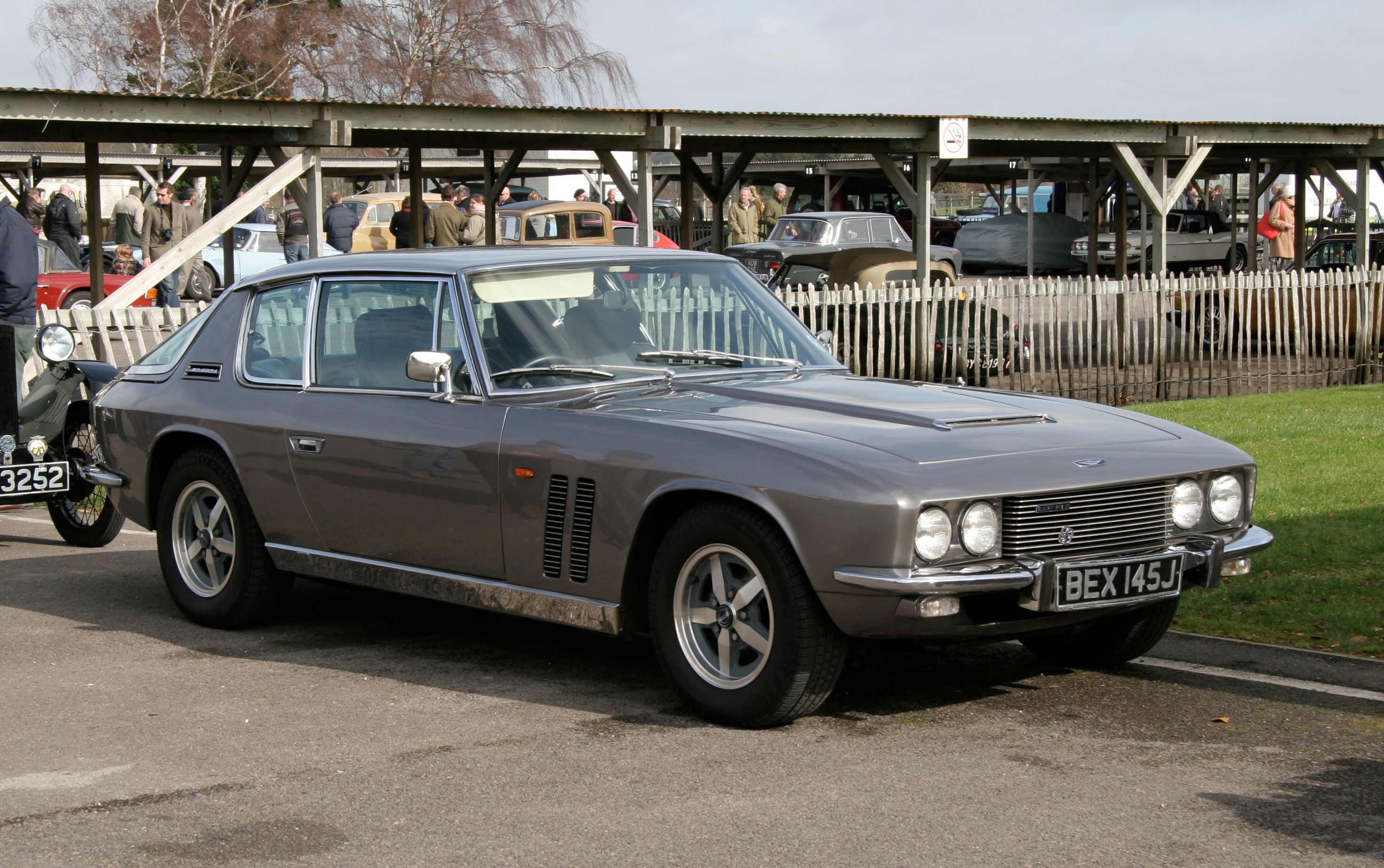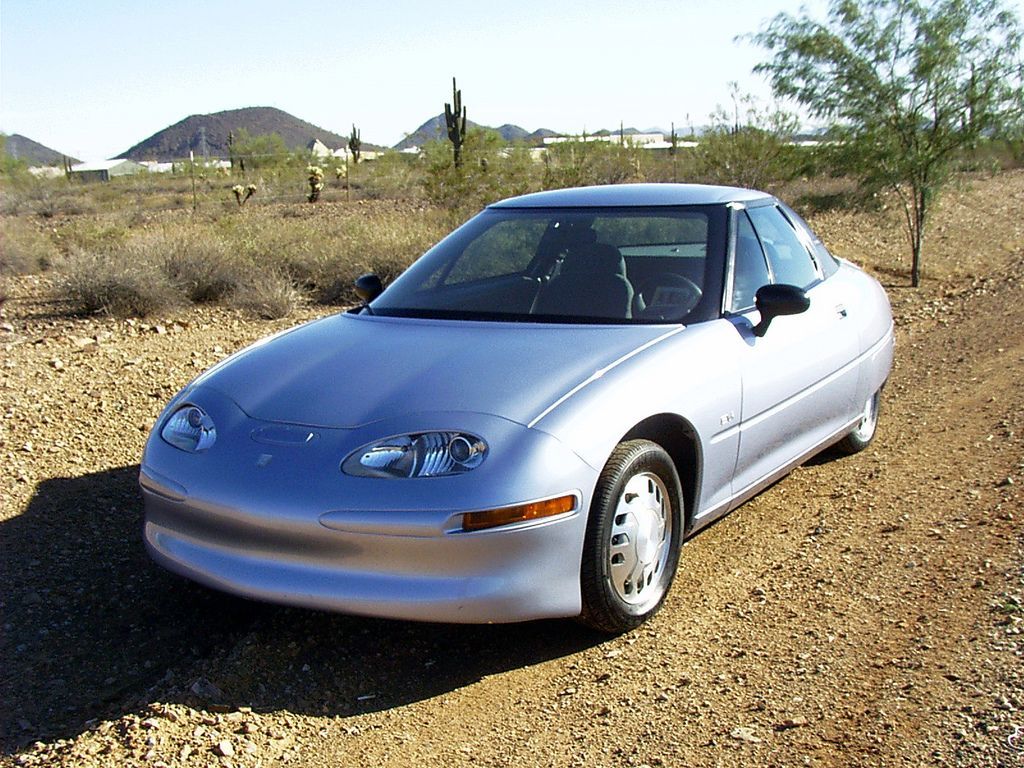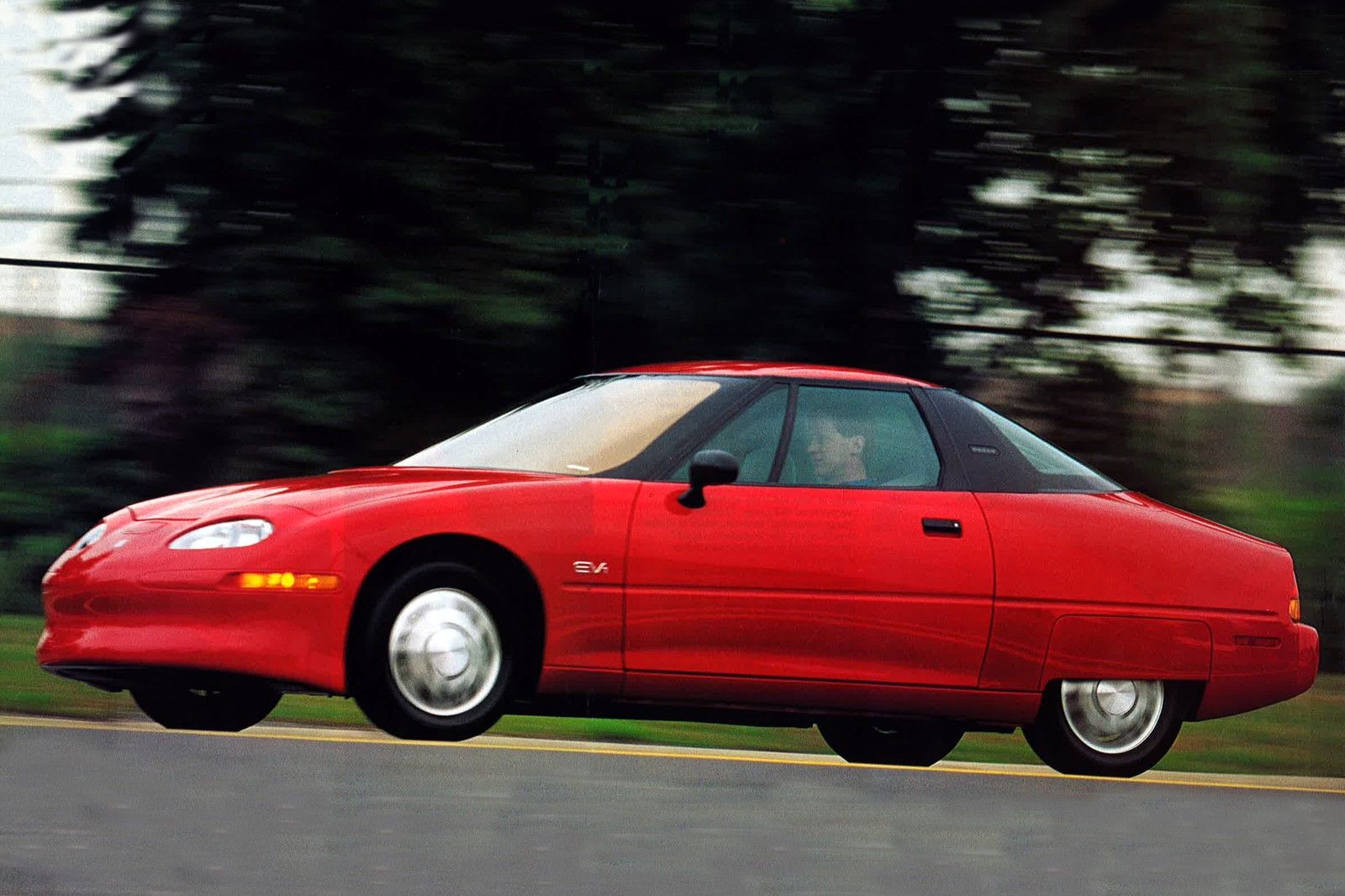Countless aspects of technology go into making a new car that can stay on top of what consumers are currently looking for in a car. Whether its new interior features like being able to connect to your phone or complete segments of cars like SUVs, the car market is an ever-changing place with countless trends guiding development and sales.
But these trends can be hard to predict, with so many factors making up what's popular and what isn't. When a manufacturer gets it right, sales are almost guaranteed, get it wrong though, and you have a failure on your hand.
That changing nature creates some interesting perspectives on cars of previous generations though. What once could have been seen as useless, or unwanted can be reflected on in a totally different light, in other words, it is "too ahead of its time." Essentially, a manufacturer had their hearts in the right place, but simply jumped the gun and introduced something when no one really wanted it.
So read on, to see 10 such classic cars that were failures, but were so ahead of their time that they predicted what would be popular today.
10 AMC Eagle Wagon - Crossover SUVs
The AMC Eagle on its own isn't really anything special. As a product of the Malaise era of American cars, its a rather bland wagon.
But, in context, the AMC Eagle can be considered one of the first true Crossover SUVs. The concept is simple, as a crossover is typically an existing wagon or hatchback platform with lifted suspension, some off-road capabilities, and 4WD (i.e. Subaru Crosstrek, Honda CRV). Taking their Concorde, AMC turned it into the Eagle following this exact approach. Mostly unloved, the Eagle was made with all the hallmarks of a Crossover SUV, but from a time when the term Crossover SUV hadn't yet come into existence.
9 Mazda Eunos Cosmo - GPS Navigation
An evolution of the stunning Mazda Cosmo from the '60s, the Eunos Cosmo was a JDM luxury performance monster that had some seriously advanced tech for its day.
Aspects like the twin turbo rotary engine and plush interior make the Eunos Cosmo a fantastic car, but was doomed to failure thanks to a financial crisis in Japan, and its prohibitively expensive price tag thanks to its suite of advanced technology. But that advanced technology was truly incredible, introducing the first in-car GPS navigation system to the world. By its production end, only 8,875 were made, but today the GPS navigation it introduced is found in nearly every new car.
8 Ford Mustang SVO - Turbo 4-Cylinder "Muscle Cars"
While drawing heavy criticism from purists at first, turbocharged 4-cylinder muscle cars like the Mustang Ecoboost make sense in modern times as an affordable option to big V8s.
While its an accepted concept today, with the Ecoboost Mustang and 2.0 Camaro being massive sales successes, it used to be considered near blasphemy to call a car with such an engine a muscle car. But that didn't stop Ford from trying in the mid-'80s, and their attempt was the Mustang SVO. Developing a respectable 205 HP, the SVO was actually the fastest Mustang model of its time, but the lack of a V8 just didn't fly with consumers, and doomed it to failure, selling under 10,000 units during its short 3-year production life.
7 Buick Reatta - Touch Screen Infotainment
Infotainment is an aspect of modern cars that has come to be expected. Whether it be the haphazardly placed tablet computer style type, or properly integrated ones, almost all new cars have some form of touch screen control center.
Shockingly though, Buick was the first to introduce touch screen infotainment back in the late '80s - known as the "Graphic Control Center." Used in the short-lived Reatta sports car, and earlier Riviera sedans, this touch screen system was crude at best, but incredibly advanced for the time. Unfortunately for Buick, this advancement in tech couldn't save their faltering image, and the surprisingly advanced Reatta was killed off after just a few years of mediocre sales, with the Riviera following suit not long after.
6 Cadillac V8-6-4 - Cylinder De-Activation
While not one specific model, Cadillac's V8-6-4 technology was used in many of their cars during the '80s, and was a complete failure, albeit one that predicted modern methods of fuel efficiency.
The concept was simple, use a V8 engine that can shut down several cylinders to achieve better fuel efficiency. However, this was the peak of GM's Malaise woes, and the technology just was too ahead of its time, leading to unmitigated breakdowns in Cadillac models with this feature, and eventual failure and discontinuation of the system. Today though, cylinder de-activation is common on new cars as a way to get maximum fuel efficiency. As well, the "MPG Sentinel" found on these Cadillac models was one of the first digital fuel economy monitoring systems - a common sight in almost all new cars today.
5 Infiniti Q45a - Active Suspension Control
By no means a bad car, the Infiniti Q45a's sales failure came from its rather ugly looks, and stiff competition from brands like Lexus and their LS400.
But, a prime example of '90s Japanese luxury, the Q45a was plush and comfortable, with some highly advanced features for its time. Among those features was an optional active suspension system, hydraulically modifying how the suspension reacted to the road and changing the driving experience at the press of a button. This was a rare feature in the '90s, but today can be found in plenty of cars, with everything from SUVs to supercars making use of the technology.
4 Jeep Grand Cherokee 5.9 Limited - Performance SUVs
Yes, the GMC Typhoon came before this Jeep, but was a limited run special edition that sacrificed most SUV hauling capabilities in favor of performance, as opposed to the Grand Cherokee 5.9 Limited which retained all its practicality.
While the Typhoon remains beloved in the hearts of enthusiasts, the Grand Cherokee 5.9 Limited remains mostly forgotten as a true pioneer of the performance SUV segment. Using a 5.9 L V8, the Grand Cherokee 5.9 Limited made a powerful (for the time) 245 HP as well as being outfitted with some luxury interior trim. Only produced in 1998, the Grand Cherokee 5.9 Limited wasn't a sales success, but predates the many performance SUVs which followed it, and that are now among the most popular new cars on sale today.
3 Ford Fairlane 500 Skyliner - Hard-top Convertibles
Hard top convertibles are an attractive proposition. Enjoy all the top down pleasure of a convertible, while having a proper metal roof for when the weather gets bad.
While there's nothing really wrong with soft-tops, a hard-top is a much more pleasant experience, and sign of quality. Surprisingly, this concept was introduced in 1957 with Ford's Fairlane 500 Skyliner. Unfortunately for Ford though, the technology wasn't quite viable yet, and the Skyliner convertibles suffered from many reliability issues that put a damper on its success, selling just 20,766 units. Today though, hard-tops are a common sight, and a sign of a more luxurious convertible, something Ford hoped to achieve with the Fairlane 500 Skyliner, but failed due to unrefined technology.
2 Jensen FF - 4-Wheel Drive
While Audi likes to brag about bringing 4WD to the world, they were not in fact the first to implement such a system on a car.
While it didn't popularize it like Audi and Subaru did, the Jensen FF was the first road-going production car to use a 4WD system. Despite being a pioneer, the Jensen FF was a total failure, with shoddy engineering and unacceptable reliability issues dooming the car to failure, with just 320 FFs sold over its production span. Still, the FF pre-dates Audi's Quattro by decades, having introduced the 4WD system in 1966
1 GM EV1 - Modern Electric Cars
The GM EV1 was not the world's first electric car, but was the first to introduce their modern, mass-produced form to the world.
Famous for being a complete disaster, the GM EV1 was a great car, but born in the wrong time period. Created in the late '90s, the EV1 was truly revolutionary, with a 108 mile range, and a (theoretical) charging network. The EV1 was intended to help GM meet new zero emission vehicle requirements, and could only be leased, with a contract stating the cars must be returned to GM once the lease expired. Overall, 340 EV1s were built, but nearly all of them were returned to GM and crushed.

